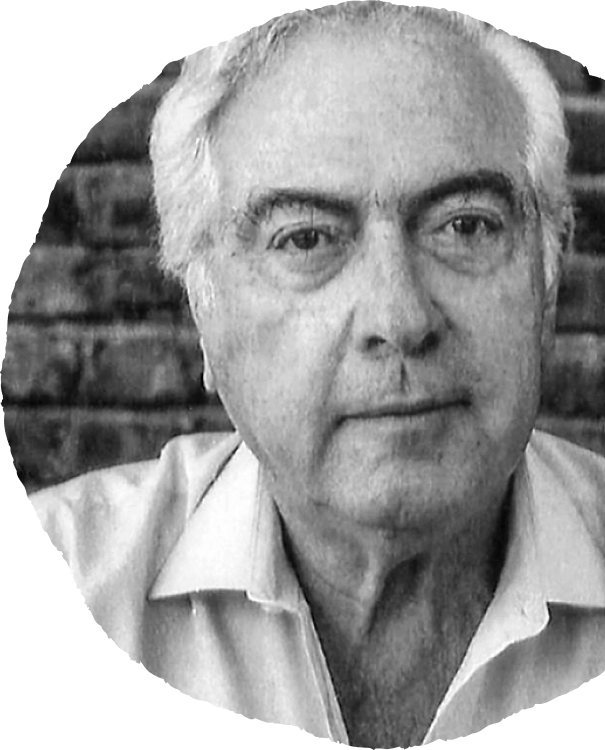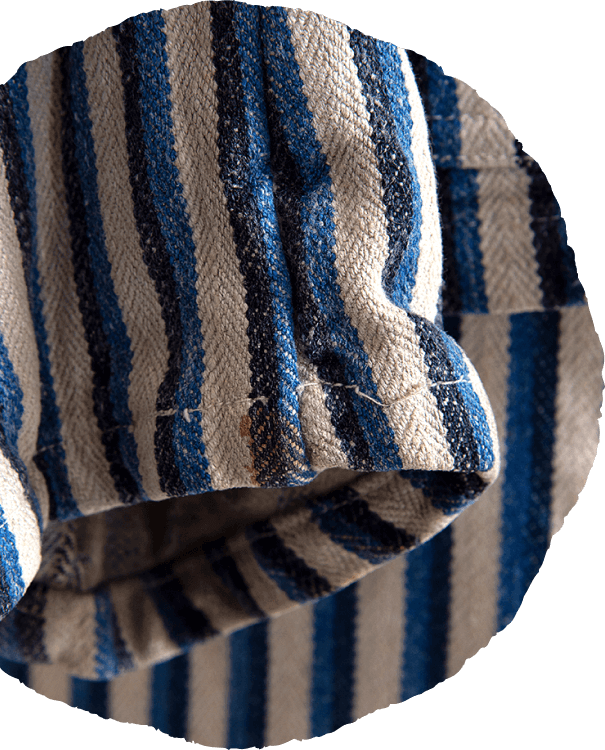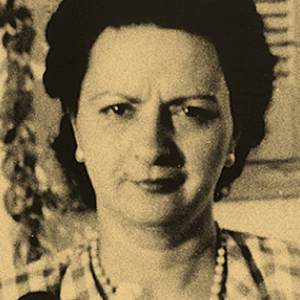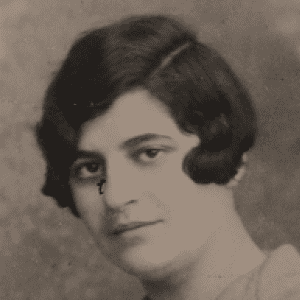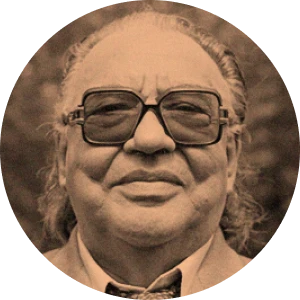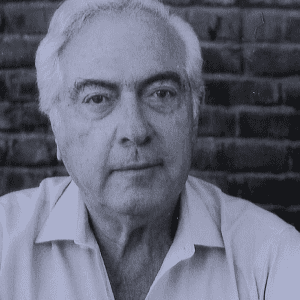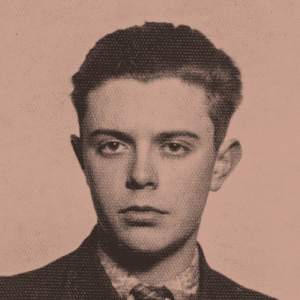Daniel’s journey begins in Thessaloniki, Greece, where he was born in 1923. He fled with his family to Athens in 1943, and went into hiding after the Italian surrender in September.
The Bennahmias family were discovered in March 1944. They were arrested and imprisoned in Haidari concentration camp, 8km from Athens, for one month, after which they were deported to Auschwitz.
ATHENS
CALIFORNIA
I have tried to find the words to express what we went through. I don’t know what they are. I can’t discover them
Daniel’s parents were murdered upon arrival at Auschwitz, while he remained there until January 1945, which is when Nazi soldiers transported him to Mauthausen concentration camp in Austria. He was then sent to Ebensee (a subcamp of Mauthausen) before he was finally liberated by American troops later in 1945.
The next part of Daniel’s journey saw him return to Athens, where he married in 1951. He moved with his wife to California and lived there until his death in 1994.
